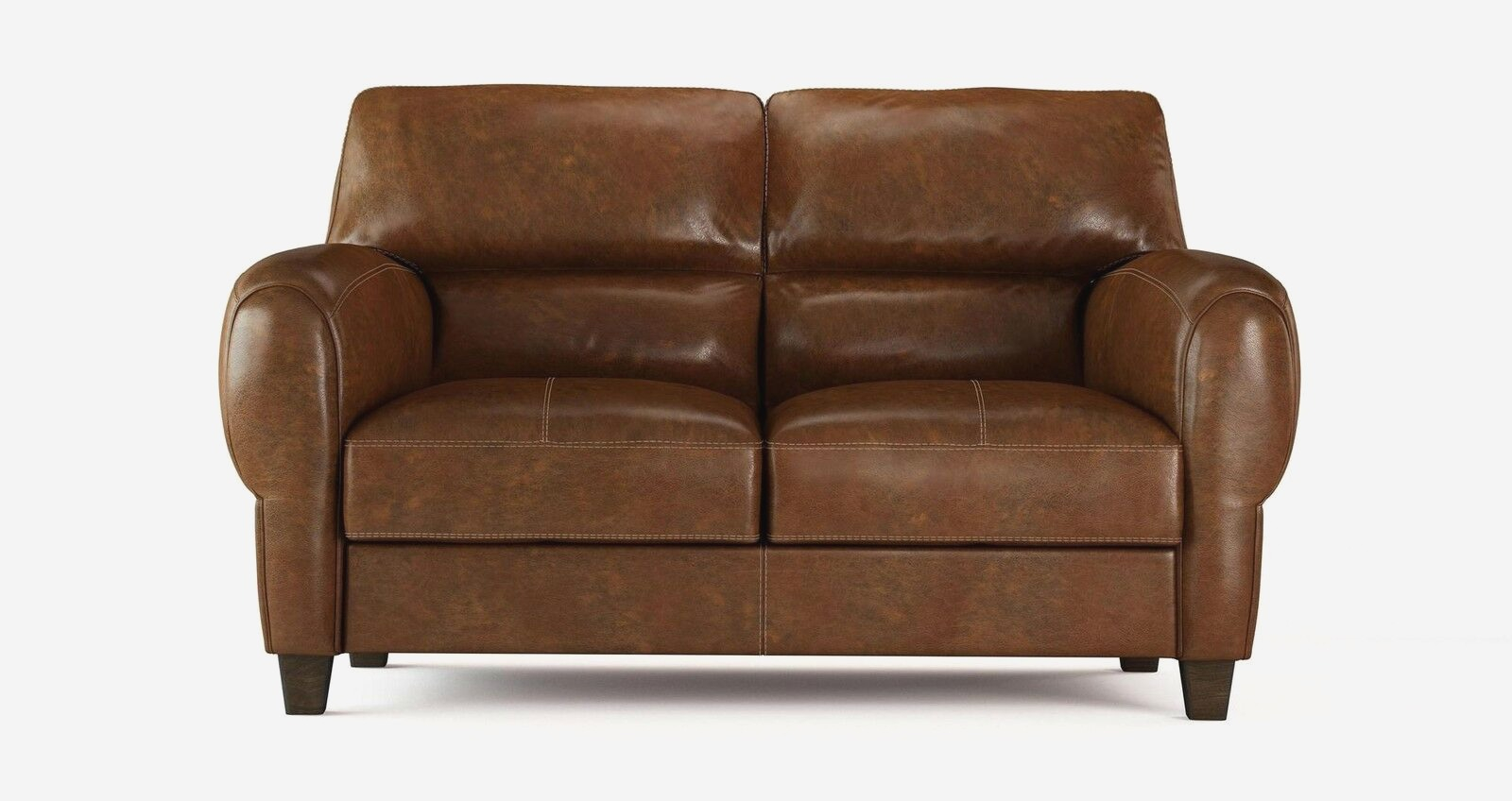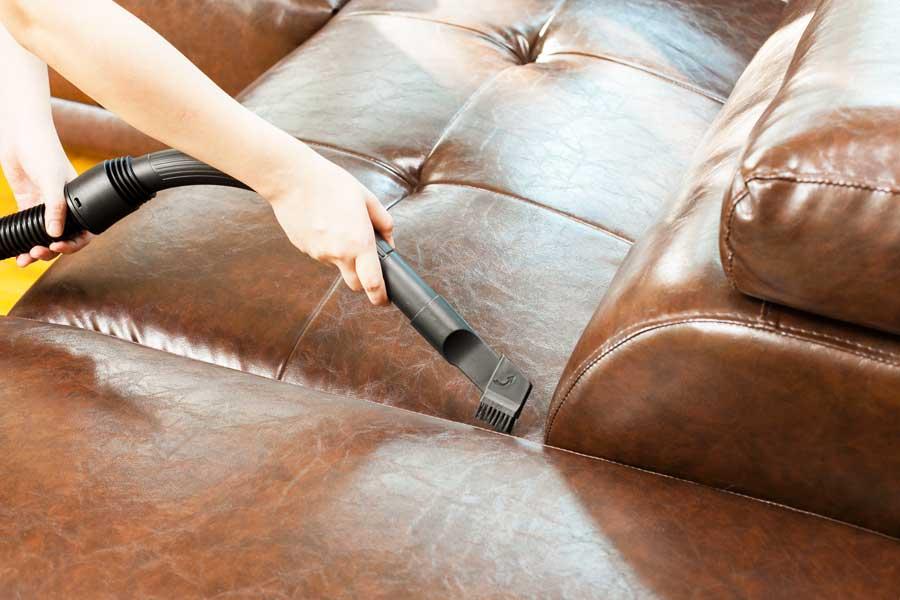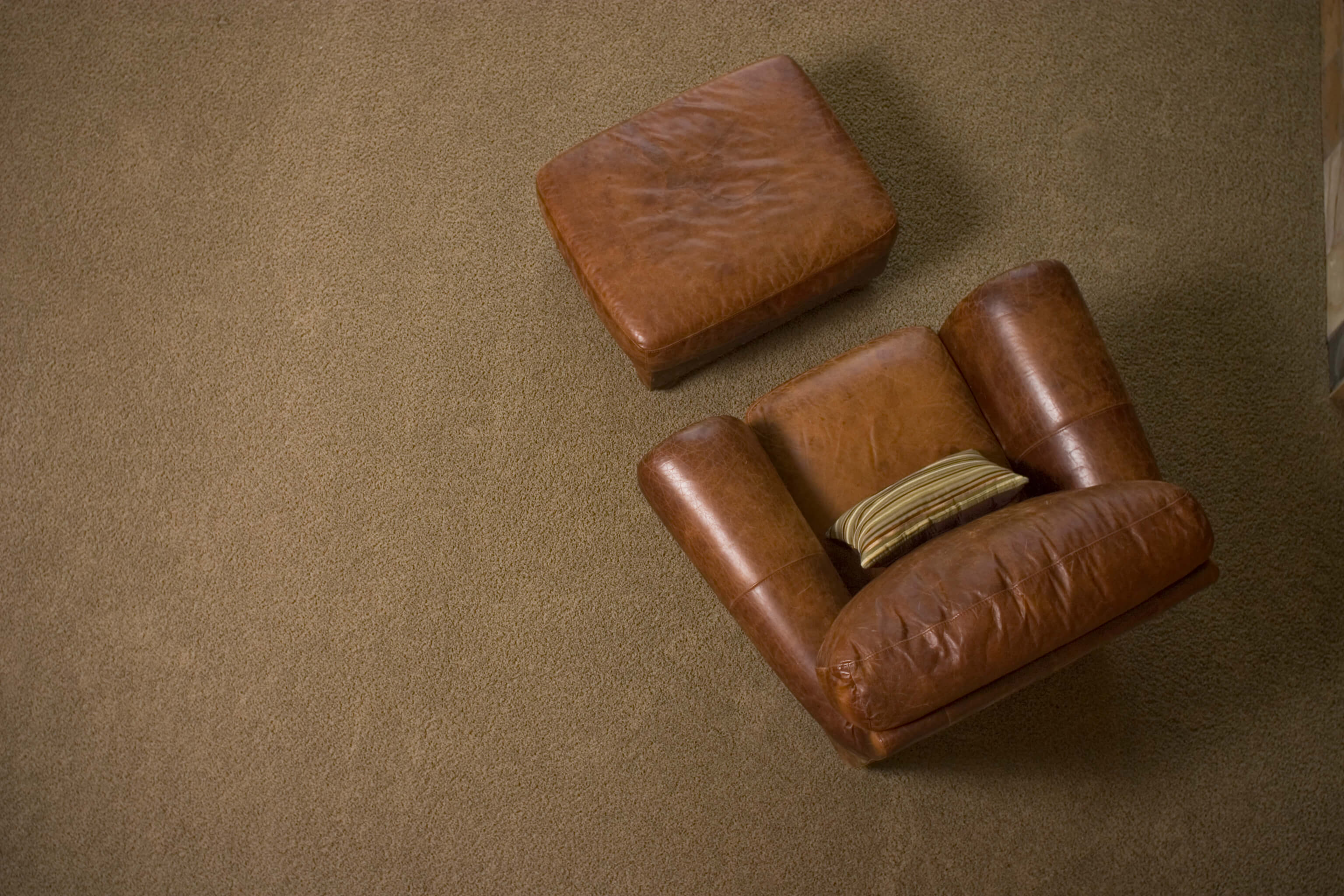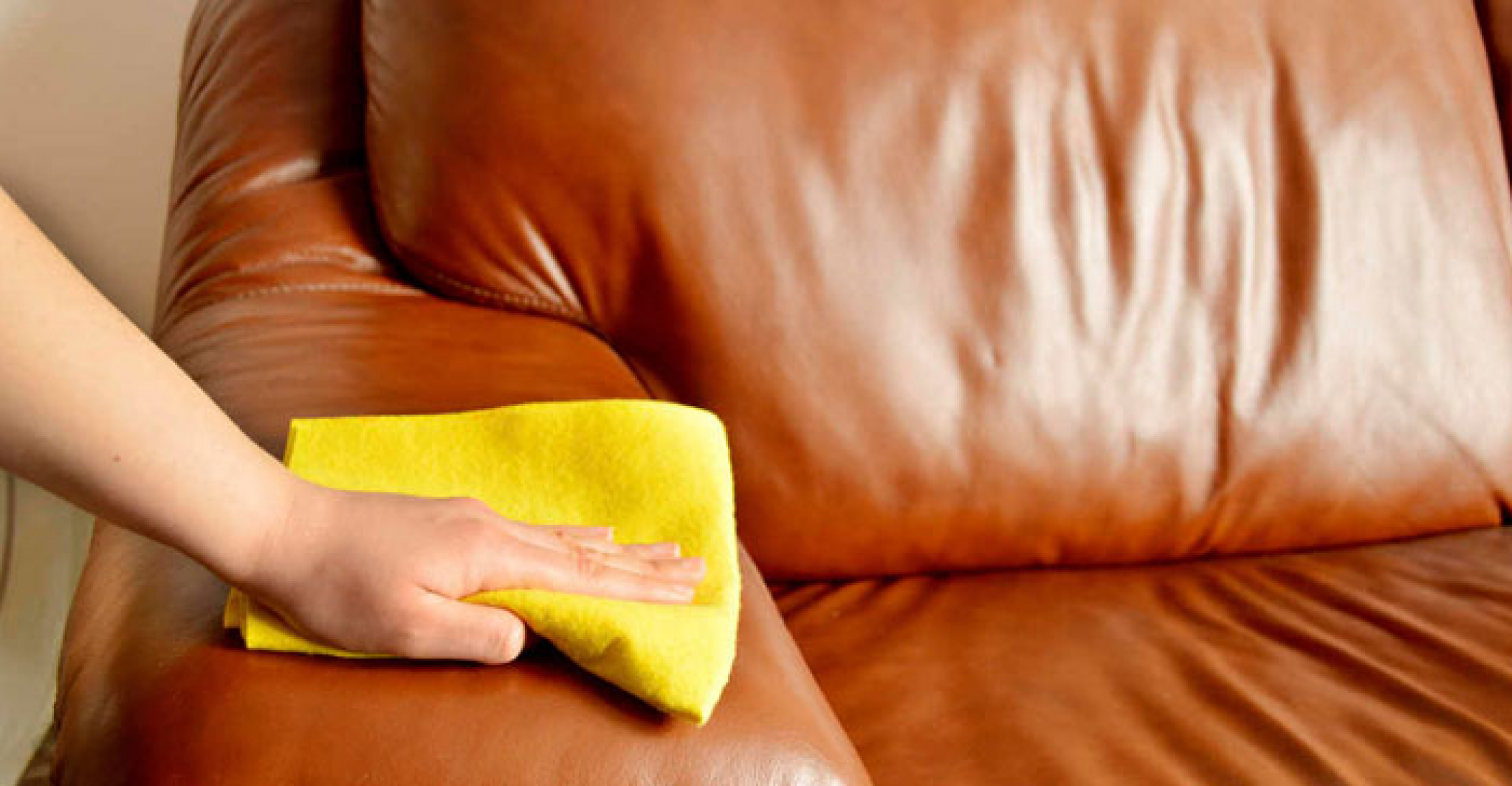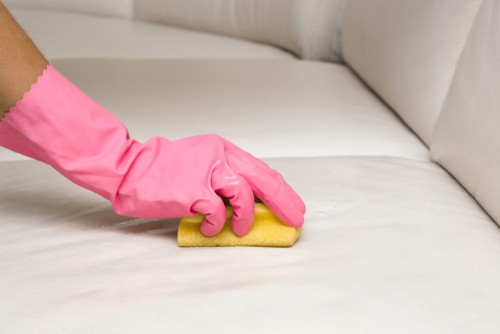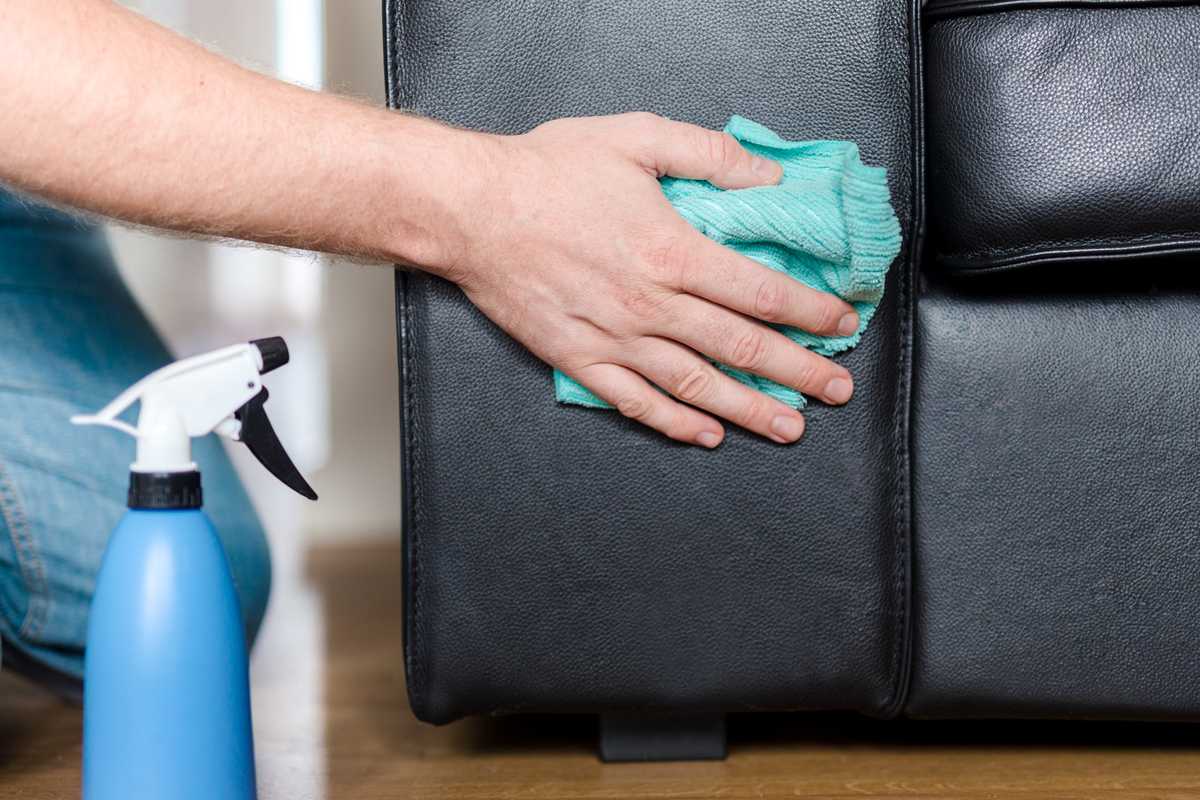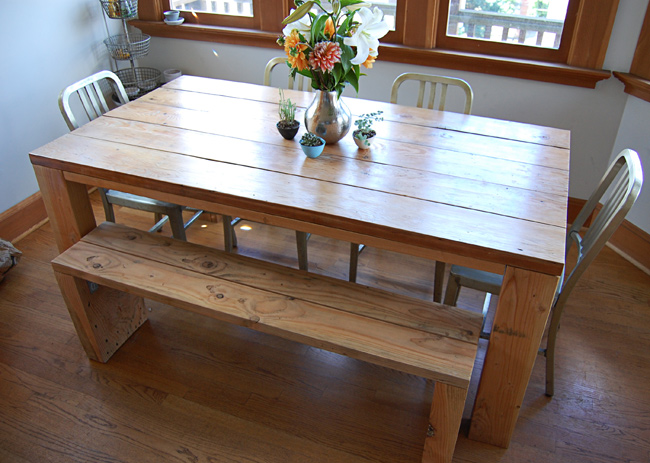Leather sofas are a luxurious and stylish addition to any living room or office space. However, to keep them looking their best, proper care and maintenance is essential. Here are our top 10 leather sofa care tips to help you keep your furniture in top condition for years to come. Leather Sofa Care Tips
Regular cleaning and maintenance are key to preserving the beauty and longevity of your leather sofa. Start by wiping down the sofa with a soft cloth or vacuuming with a soft brush attachment to remove any dust and debris. Then, use a leather cleaner or mild soap and water to gently wipe down the surface. Be sure to test any cleaning products on a small, inconspicuous area first to avoid damaging the leather. How to Clean and Maintain Your Leather Sofa
When it comes to caring for your leather sofa, it's important to choose the right products. Look for leather cleaners and conditioners specifically formulated for furniture, and avoid using harsh chemicals or abrasive materials. Some popular options include saddle soap, leather wipes, and leather protectant. Keep in mind that different types of leather may require different care products, so be sure to check the manufacturer's recommendations. Best Products for Caring for Your Leather Sofa
In addition to regular cleaning, there are a few maintenance tasks you should do to keep your leather sofa in top shape. First, be sure to dust and vacuum the sofa regularly to prevent dirt and dust from settling into the leather. You should also condition the leather every 6-12 months to keep it soft and supple. Finally, try to keep your sofa out of direct sunlight to prevent fading and drying out of the leather. Leather Sofa Maintenance Guide
Accidents happen, and spills or stains on your leather sofa can be a nightmare. To protect your sofa from stains, consider investing in a leather protectant spray. This will create a barrier between the leather and any potential spills, making them easier to clean up. It's also a good idea to blot up any spills immediately and avoid using harsh chemicals or heat on the leather. How to Protect Your Leather Sofa from Stains
If you prefer to use natural cleaning solutions, there are plenty of DIY options for caring for your leather sofa. For light stains, mix equal parts lemon juice and cream of tartar to create a paste. Apply the paste to the stain, let it sit for 10 minutes, then wipe off with a damp cloth. For tougher stains, mix equal parts vinegar and water and use a soft cloth to gently clean the stain. Be sure to test any DIY solutions on a small area first. DIY Leather Sofa Cleaning Solutions
For a deep clean and to ensure your leather sofa is properly cared for, consider hiring a professional leather cleaning service. These professionals have the knowledge and experience to effectively clean and condition your leather sofa without causing any damage. Plus, they may also offer additional services such as stain removal and leather repair. Professional Leather Sofa Cleaning Services
While caring for your leather sofa may seem straightforward, there are some common mistakes that can cause damage to your furniture. These include using harsh chemicals, using too much water, and not conditioning the leather regularly. Additionally, avoid using sharp objects on the leather and be mindful of pets and sharp objects that could scratch the surface. Common Mistakes to Avoid When Caring for Your Leather Sofa
Despite your best efforts, accidents can still happen and your leather sofa may get scratched or torn. Fortunately, there are ways to repair these damages and restore your sofa to its original beauty. For minor scratches, you can use a leather repair kit to fill in the scratch and color it to match your sofa. For larger tears, it's best to seek the help of a professional leather repair service. How to Repair Scratches and Tears on Your Leather Sofa
With proper care and maintenance, your leather sofa can last for many years. To extend its lifespan even further, there are a few things you can do. First, avoid placing your sofa in direct sunlight or near heat sources, as this can dry out and damage the leather. Additionally, rotate and fluff the cushions regularly to prevent wear and tear. And finally, consider using a leather protectant or cover to help prevent scratches and stains. Tips for Extending the Lifespan of Your Leather Sofa
Caring for Your Leather Sofa: Tips and Tricks

Invest in a Good Leather Conditioner
 One of the most important things you can do to care for your leather sofa is to invest in a good leather conditioner. Leather is a natural material and, just like our skin, it needs to be moisturized to prevent it from drying out and cracking. Look for a conditioner specifically made for leather furniture and follow the instructions carefully.
Regularly conditioning your leather sofa will not only keep it looking shiny and new, but it will also extend its lifespan.
One of the most important things you can do to care for your leather sofa is to invest in a good leather conditioner. Leather is a natural material and, just like our skin, it needs to be moisturized to prevent it from drying out and cracking. Look for a conditioner specifically made for leather furniture and follow the instructions carefully.
Regularly conditioning your leather sofa will not only keep it looking shiny and new, but it will also extend its lifespan.
Keep it Away from Direct Sunlight
 Leather is a durable material, but it can still be damaged by prolonged exposure to direct sunlight. The UV rays can cause the leather to fade and dry out, resulting in cracks and discoloration.
It's best to place your leather sofa away from windows or use curtains or blinds to block out the sunlight.
If you have a leather sofa in a sunny room, consider using a protective cover when it's not in use.
Leather is a durable material, but it can still be damaged by prolonged exposure to direct sunlight. The UV rays can cause the leather to fade and dry out, resulting in cracks and discoloration.
It's best to place your leather sofa away from windows or use curtains or blinds to block out the sunlight.
If you have a leather sofa in a sunny room, consider using a protective cover when it's not in use.
Wipe up Spills Immediately
 Accidents happen, and spills are almost inevitable when it comes to furniture. However, it's crucial to
wipe up any spills on your leather sofa immediately
to prevent the liquid from seeping into the material and causing damage. Use a clean cloth to blot the spill and avoid rubbing it, as this can spread the liquid and cause it to seep in deeper.
Accidents happen, and spills are almost inevitable when it comes to furniture. However, it's crucial to
wipe up any spills on your leather sofa immediately
to prevent the liquid from seeping into the material and causing damage. Use a clean cloth to blot the spill and avoid rubbing it, as this can spread the liquid and cause it to seep in deeper.
Use a Soft Cloth for Regular Cleaning
 Regular cleaning is essential for maintaining the look and feel of your leather sofa.
Use a soft, damp cloth to wipe down your sofa once a week
to remove any dust or debris. Avoid using harsh chemicals or abrasive materials, as they can damage the leather. If your sofa has any stains, use a mild soap and water solution to gently clean the affected area.
Regular cleaning is essential for maintaining the look and feel of your leather sofa.
Use a soft, damp cloth to wipe down your sofa once a week
to remove any dust or debris. Avoid using harsh chemicals or abrasive materials, as they can damage the leather. If your sofa has any stains, use a mild soap and water solution to gently clean the affected area.
Rotate and Fluff the Cushions
 Leather sofas usually have removable cushions, so it's essential to
rotate and fluff them regularly
to prevent uneven wear and tear. This will also help maintain the shape and support of your cushions, ensuring your sofa remains comfortable for years to come.
Leather sofas usually have removable cushions, so it's essential to
rotate and fluff them regularly
to prevent uneven wear and tear. This will also help maintain the shape and support of your cushions, ensuring your sofa remains comfortable for years to come.
Conclusion
 Taking care of your leather sofa is essential if you want it to last for years and maintain its beauty.
Investing in a good leather conditioner, keeping it away from direct sunlight, wiping up spills immediately, using a soft cloth for cleaning, and rotating and fluffing the cushions are all simple but effective ways to care for your leather sofa.
Follow these tips, and your leather sofa will continue to be a stylish and comfortable addition to your home for years to come.
Taking care of your leather sofa is essential if you want it to last for years and maintain its beauty.
Investing in a good leather conditioner, keeping it away from direct sunlight, wiping up spills immediately, using a soft cloth for cleaning, and rotating and fluffing the cushions are all simple but effective ways to care for your leather sofa.
Follow these tips, and your leather sofa will continue to be a stylish and comfortable addition to your home for years to come.








